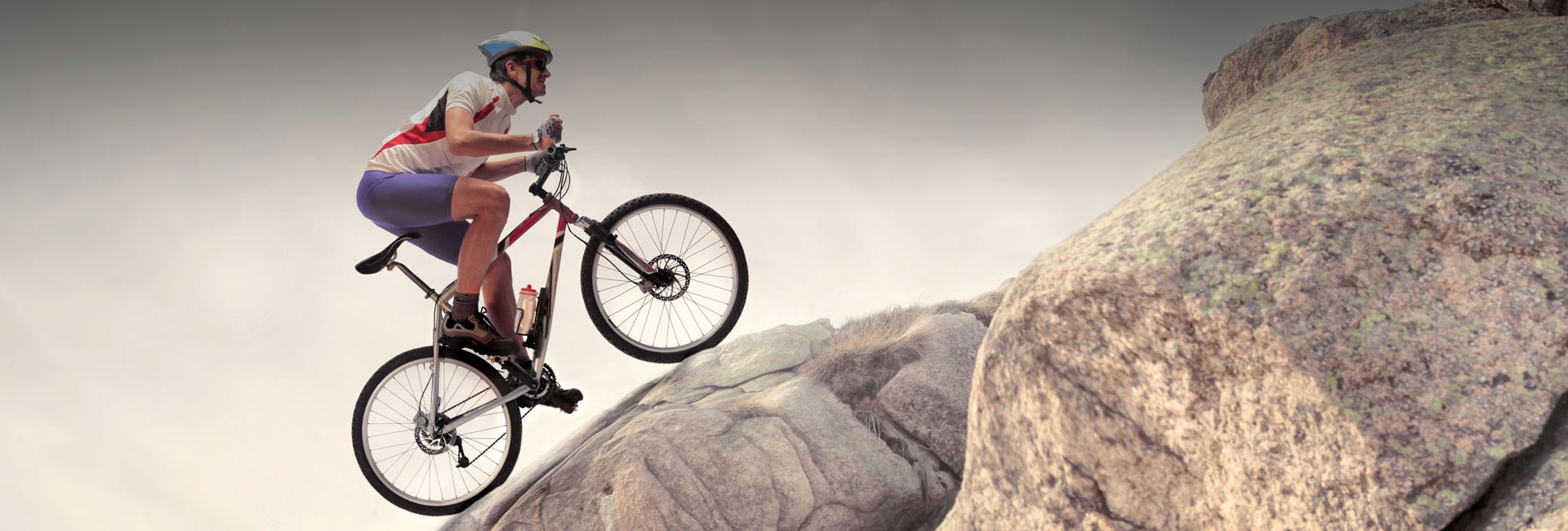
- Afrikaans
- Albanian
- Amharic
- Arabic
- Armenian
- Azerbaijani
- Basque
- Belarusian
- Bengali
- Bosnian
- Bulgarian
- Catalan
- Cebuano
- Corsican
- Croatian
- Czech
- Danish
- Dutch
- English
- Esperanto
- Estonian
- Finnish
- French
- Frisian
- Galician
- Georgian
- German
- Greek
- Gujarati
- Haitian Creole
- hausa
- hawaiian
- Hebrew
- Hindi
- Miao
- Hungarian
- Icelandic
- igbo
- Indonesian
- irish
- Italian
- Japanese
- Javanese
- Kannada
- kazakh
- Khmer
- Rwandese
- Korean
- Kurdish
- Kyrgyz
- Lao
- Latin
- Latvian
- Lithuanian
- Luxembourgish
- Macedonian
- Malgashi
- Malay
- Malayalam
- Maltese
- Maori
- Marathi
- Mongolian
- Myanmar
- Nepali
- Norwegian
- Norwegian
- Occitan
- Pashto
- Persian
- Polish
- Portuguese
- Punjabi
- Romanian
- Russian
- Samoan
- Scottish Gaelic
- Serbian
- Sesotho
- Shona
- Sindhi
- Sinhala
- Slovak
- Slovenian
- Somali
- Spanish
- Sundanese
- Swahili
- Swedish
- Tagalog
- Tajik
- Tamil
- Tatar
- Telugu
- Thai
- Turkish
- Turkmen
- Ukrainian
- Urdu
- Uighur
- Uzbek
- Vietnamese
- Welsh
- Bantu
- Yiddish
- Yoruba
- Zulu
Sep . 04, 2024 01:44 Back to list
mountain bike types
Understanding Different Types of Mountain Bikes
Mountain biking is an exhilarating outdoor activity that offers both thrill and adventure. However, to fully enjoy the diverse terrains of nature, it’s crucial to choose the right type of mountain bike suited for the specific riding conditions. Here, we delve into the various types of mountain bikes, each designed to meet unique riding styles and terrain challenges.
1. Cross-Country Bikes (XC Bikes)
Cross-country bikes are lightweight and designed for speed. They feature a more aerodynamic frame and are ideal for climbing steep trails and covering long distances. XC bikes typically have suspension that ranges from hardtail (front suspension only) to full suspension, providing a balance between efficiency and comfort. If you're looking to race or enjoy fast-paced rides on smooth trails, an XC bike is a perfect choice.
2. Trail Bikes
Trail bikes represent the most versatile category. They are designed for all-around use, combining elements from both XC and enduro bikes. With a moderate amount of suspension travel (usually between 120 to 150mm), trail bikes handle a variety of terrains, from smooth paths to rugged trails. They offer a perfect blend of efficiency for climbing and stability for descending, making them an excellent choice for those who seek adventure without specializing in a particular riding style.
For those who prefer more aggressive riding, all-mountain bikes offer increased suspension travel (150 to 180mm) and durability. These bikes are built to tackle rough terrain and steep descents, making them suitable for gnarly trails and rocky paths. They are slightly heavier than cross-country bikes but provide enhanced stability and confidence when navigating challenging descents.
mountain bike types

4. Enduro Bikes
Enduro bikes are designed for downhill riding but also require the capability to climb back up. With 150mm to 200mm of suspension travel, these bikes can absorb bumpy descents while still being efficient on climbs. Enduro racing combines both uphill and downhill stages, and riders need a bike that can perform in both scenarios. If you enjoy challenging descents and technical terrains, an enduro bike will meet your needs perfectly.
5. Downhill Bikes
As the name suggests, downhill bikes are built explicitly for steep descents. Typically, they feature a very robust frame, along with extensive suspension travel (usually over 200mm), making them perfect for absorbing shocks from jumps and rough trails. These bikes are not designed for climbing; thus, they often come with fewer gear options and heavier components. If your focus is mainly on downhill runs at bike parks or challenging mountains, a downhill bike is ideal.
6. Fat Bikes
For those who venture into snowy or sand-covered terrains, fat bikes feature oversized tires that provide excellent traction and stability. With lower air pressure, fat tires allow for smooth riding on soft surfaces, making them a popular choice for winter riding or beach biking.
In conclusion, understanding the different types of mountain bikes is essential for any rider looking to enhance their experience on trails. Whether you prefer speed, versatility, or rugged descent capability, there’s a mountain bike perfectly tailored to your style and the terrain you wish to conquer. Choose wisely, gear up, and hit the trails!
-
The Ultimate Kids' Four-Wheeler Experience
NewsJul.09,2025
-
The Ultimate Guide to Mountain Bikes: Gear Up for Your Ride
NewsJul.09,2025
-
The New Age of Cycling: Electric Bikes for Every Rider
NewsJul.09,2025
-
The Best Kids Bicycles: Ride in Style and Safety
NewsJul.09,2025
-
The Best 3-Wheel Scooters for Kids: Fun, Safety, and Adventure
NewsJul.09,2025
-
Revolutionize Your Ride: Affordable Electric Bikes
NewsJul.09,2025
-
Finding the Perfect Mountain Bike for Every Rider
NewsJul.09,2025



